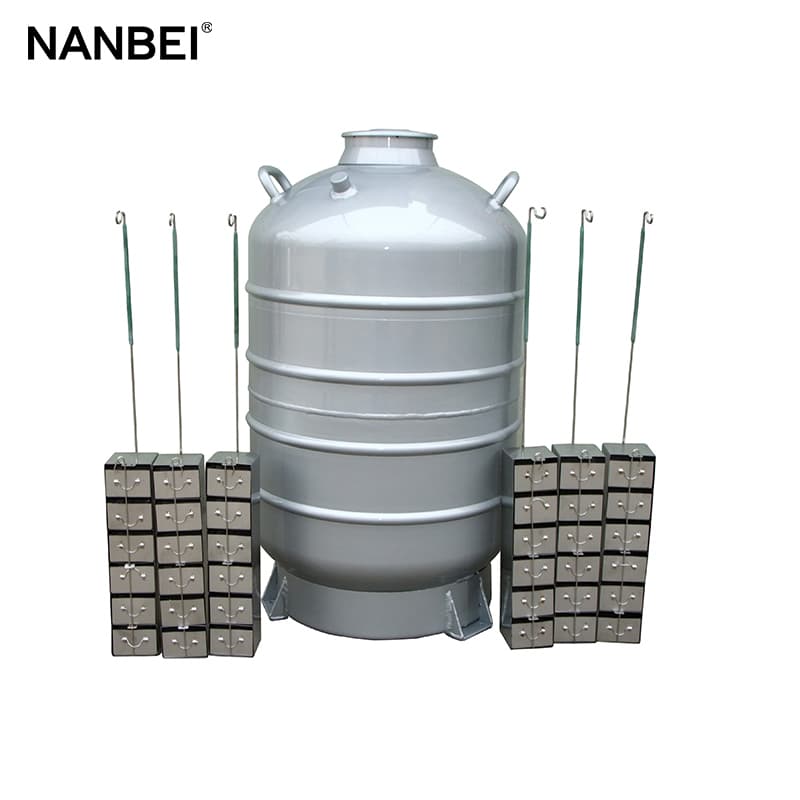-
 +8615890668062
+8615890668062
-
 bella@nanbei-china.com
bella@nanbei-china.com
 Mobile:+86 15890068607
Mobile:+86 15890068607
Liquid nitrogen tank is an important equipment widely used in scientific research, medicine, agriculture and other fields for storing and transporting liquid nitrogen. Why is the liquid nitrogen tank that has been storing ultra-low temperature liquid nitrogen for a long time not frozen? How does it keep the "low temperature"?

The liquid nitrogen stored in the liquid nitrogen container is an ultra-low temperature, volatile liquid with a boiling point of only -196°C. However, during actual use, the temperature inside the liquid nitrogen tank will fluctuate due to heat loss and the influence of ambient temperature. Under different conditions, the working temperature range of liquid nitrogen tanks is also different. When used in the liquid phase, the sample is immersed directly in liquid nitrogen. When used in the gas phase, the sample is no longer in direct contact with liquid nitrogen, but is fully wrapped in the evaporated nitrogen. However, in this case, the temperature at the top of the freezing rack in the storage area can also reach -190°C.
The maintenance of the low-temperature environment in cryogenic liquid nitrogen tank is inseparable from the unique tank structure. The liquid nitrogen tank is composed of a double-layer structure, and the outer shell is made of stainless steel or aluminum alloy, which is not only strong and durable, but also beautiful. The inter-layer is in a vacuum state and is equipped with thermal insulation materials and adsorbents, which can reduce heat conduction and radiation to keep the tank at a low temperature. The inner liner of the liquid nitrogen tank is generally made of stainless steel, which has good corrosion resistance and can withstand the high pressure generated by the evaporation of liquid nitrogen.

In addition to special appearance structure, some liquid nitrogen biological containers also have complete hardware configuration and smart software functions, which effectively reduce temperature fluctuations in the sample tank and fully ensure the safety of biological samples.
Previous: No Information
How to determine the safe storage capacity of liquid nitrogen tank